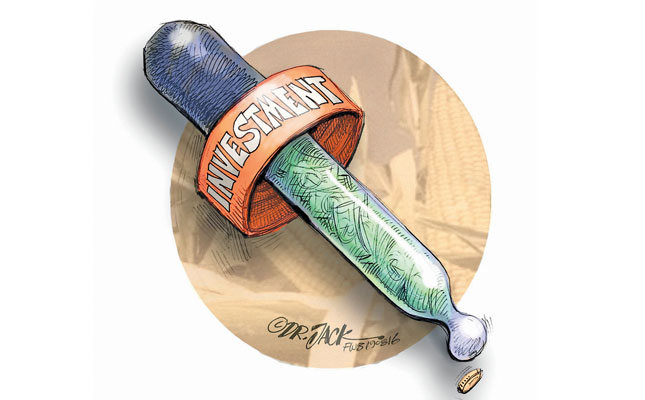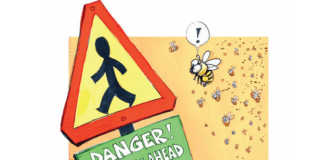
Modern society is characterised by constantly changing technology, which has been enhanced by the arrival of the Fourth Industrial Revolution (4IR).
The 4IR era requires countries to invest in adequate research, development and technology innovation to remain globally competitive. The pressure to stay ahead in this era is partly at the root of the ongoing trade war between the two global economic giants, China and the US.
Recognising the need to strengthen research and development capacity, industrialised countries, especially those belonging to the Organisation for Economic Co-operation and Development, spend on average 2,3% of their gross domestic product (GDP) on these activities, while countries in sub-Saharan Africa spend on average 0,5%.
South Africa spends about 0,8% of GDP on research and development, which is equivalent to roughly R32 billion. The National Development Plan (NDP) has suggested that this figure be close to 1,5% of GDP to enhance innovation and attain a technology-inclined economy.
This gap between current spending on research and development and the NDP’s target helps explain why the country has dropped in competitiveness rankings: the World Economic Forum’s Global Competitiveness Index shows that South Africa shifted from position 62 in 2017 to 67 in 2018 due to a decay in innovation and an enabling environment.
Expenditure on agriculture research even lower
Like many economic sectors, agriculture and food are also affected by 4IR, which forces farmers and agribusinesses to adopt new techniques if they want to remain competitive.
The advantage of 4IR is that it enables farmers to produce food while utilising fewer resources, such as land, energy and water. So, over and above the efficiency gains, 4IR could assist agriculture to reduce greenhouse gas emissions.
For South African farmers and agribusinesses to keep up with modern and innovative production techniques, they require adequate investment in research and development both at the farm and agro-processing level.
This will ensure that the sector remains sustainable and competitive in a dynamic global environment. However, this is not the case in South Africa. The gross expenditure on research and development (GERD) in agriculture is estimated at R2,62 billion, which is less than 0,5% of agricultural value added.
About 38% of agricultural GERD is privately funded, mainly by commodity associations such as Fruit South Africa, Grain SA and the Red Meat Producers’ Organisation.
Public expenditure on agricultural research and development has been declining while private expenditure has increased, particularly over the past four years as commodity associations strengthen their use of statutory levies and agricultural trust monies.
Privately funded research and development activities include the establishment of a fruit-fly sterilisation laboratory to control the spread of fruit flies and grain-testing laboratories to develop new grain varieties.
Unfortunately, although privately funded research and development has become crucial in the sector, it carries the potential risk of resulting in limited access to research outputs and innovations due to property rights.
Huge loss of competitiveness and potential jobs
One of the reasons attributed to dwindling expenditure on research and development in South Africa is that government is tightening the general budget due to fiscus constraints.
While tightening the budget is a noble idea, government spending in other areas, such as social and state-owned companies, is rising, which implies the existence of an opportunity cost to agricultural research and development.
This manifests itself through a growing number of pest and disease outbreaks, deteriorating competitiveness, and widening inequality between commercial and smallholder farmers. This not only constrains growth of the sector, but affects upstream sectors such as food, textile and hospitality.
The measured opportunity cost of low public investment in agricultural research and
development on the overall economy over the past four years is estimated at R169 million, and this is projected to reach R468 million over the next five years if low public expenditure is maintained.
This has caused the economy to lose 43 662 job opportunities that could have been
created had adequate public investment in agricultural research and development
been made over the past four years.
Change of emphasis with new minister
The Minister of the newly merged Department of Agriculture, Land Reform and Rural Development, Thoko Didiza, has identified the need to focus on agricultural research and development as one of the strategic focus areas for her term.
She has emphasised the need to boost capacity at Onderstepoort Biological Products to produce vaccines that can curb the outbreaks of animal diseases.
She has also highlighted the need to strengthen and capacitate the Agricultural Research Council to enhance general agricultural innovations in the country. In capacitating these state-owned entities, the overall objective is to foster partnerships with private partners and improve the competitiveness of the sector.
The views expressed in our weekly opinion piece do not necessarily reflect those of Farmer’s Weekly.
Email Dr Sifiso Ntombela at [email protected].













